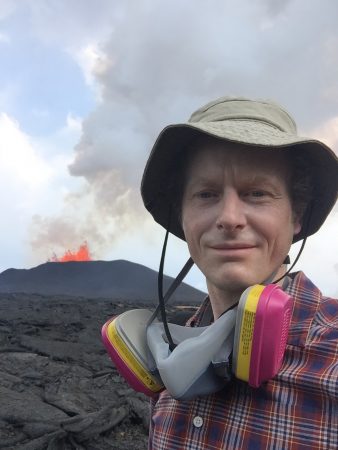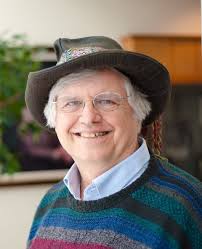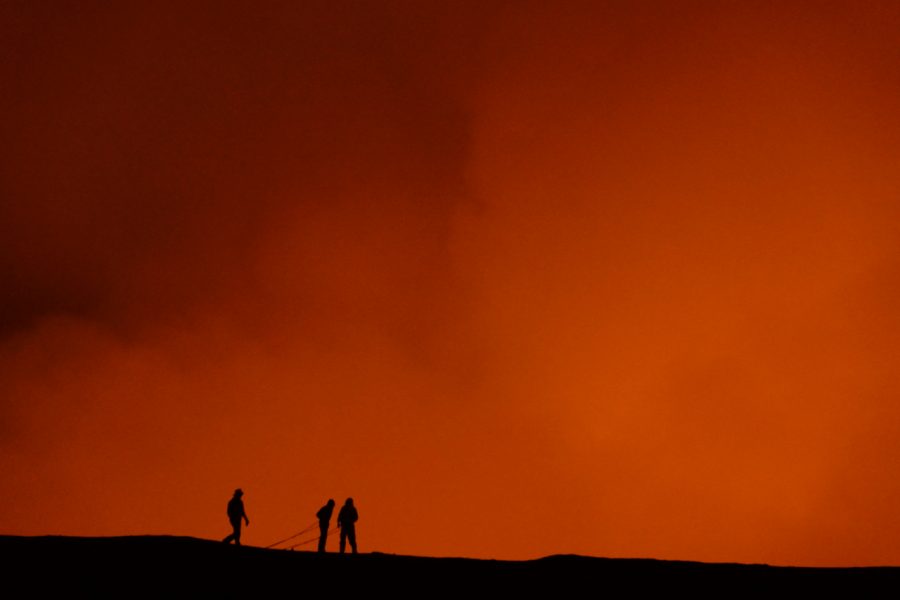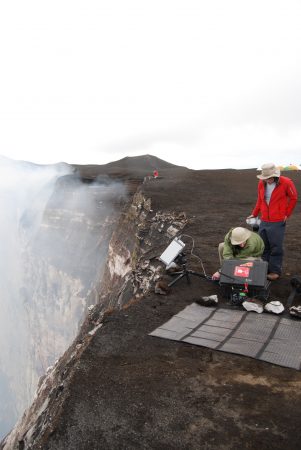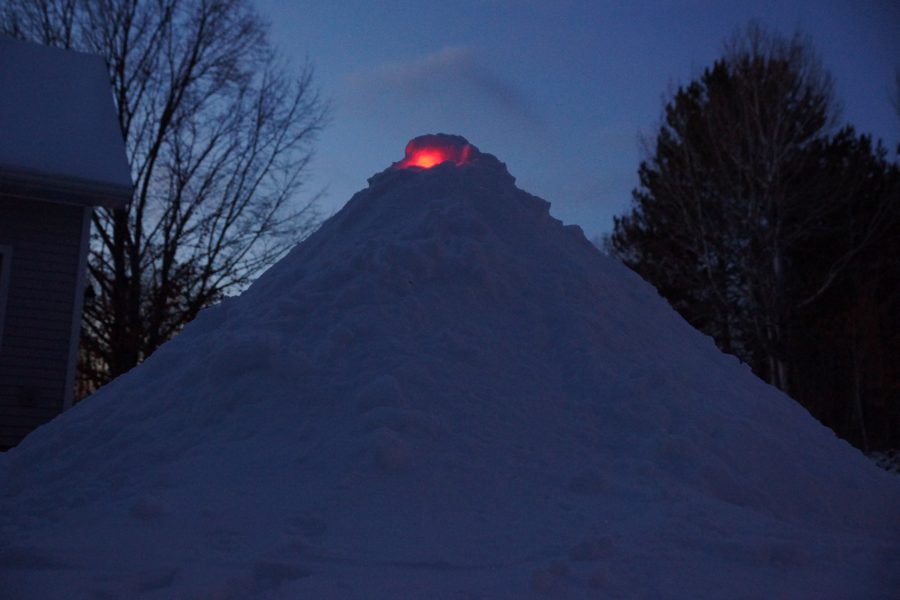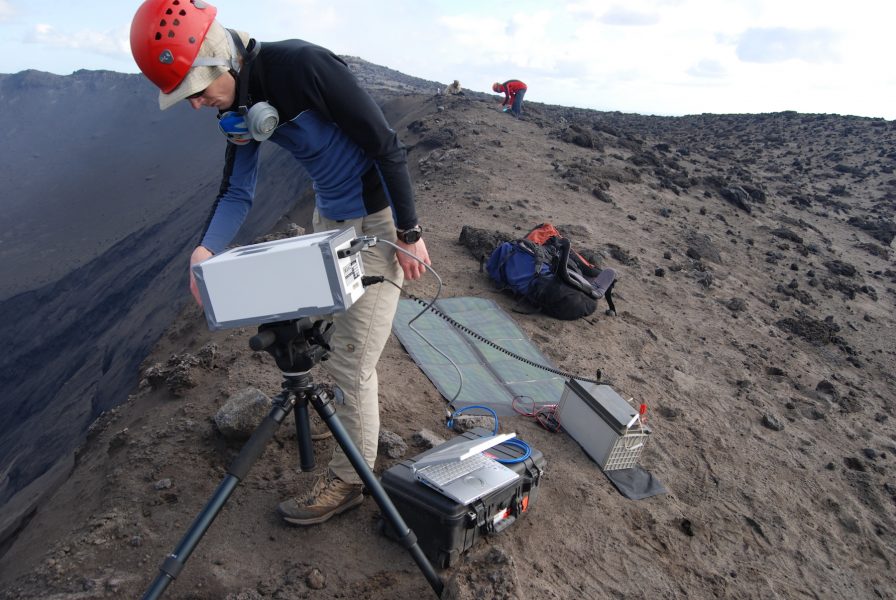
Your journey is unique: Each person here comes from a different background, and has had different experiences across their life.
The lived experiences of each of us are different; they are not equal, and they are certainly not equitable. My experience, as the daughter of an engineer and a nurse (guess which one was my mother!) is an example—I was exposed to the best of school districts, played with toys as a child that taught me 3d spatial skills, and I was indulged by my parents when I showed an interest in photography. And then found myself one of about four women in a class size around 40, as I studied engineering in the 1980s—and truly—at my alma mater there were only male-gendered bathrooms on every floor, and one I could use on one floor only. Things have changed now, but my point is, this was my journey, and it was my unique journey.
I have heard from many students, especially in this new year, who have reached out to me directly, to share experiences, concerns, and frankly their outrage as well. Please do not hesitate to contact me if you have ideas about how we can improve your experience as a student and as a member of our community. And, I would love to hear your story—your journey to Michigan Tech, your experiences here, and your dreams. Just send me an email and we’ll have a zoom meeting: Callahan@mtu.edu And if you are in a student club or organization and would like me to stop in during a meeting, to listen, I would be honored to do so.
I would love to hear your story—your journey to Michigan Tech, your experiences here, and your dreams.
This is a true statement: diversity in an equitable and inclusive environment is essential for the development of creative solutions to address the world’s challenges. Across your educational experiences you have probably learned that when we design solutions, we must have a diverse team with multiple perspectives in order to develop the best solutions. Without a winning team, we can’t win. Our own perspective is not enough — we don’t know what we don’t know.
Finally, I assure you that we are fully committed to diversity, equity, and inclusiveness.
Janet Callahan, Dean
College of Engineering
Michigan Tech

